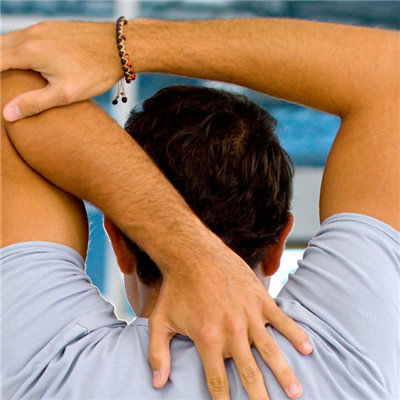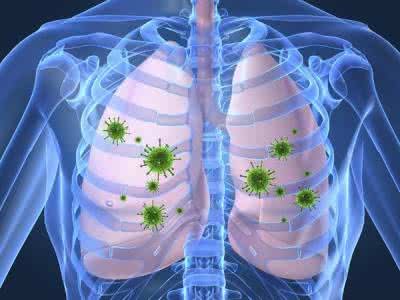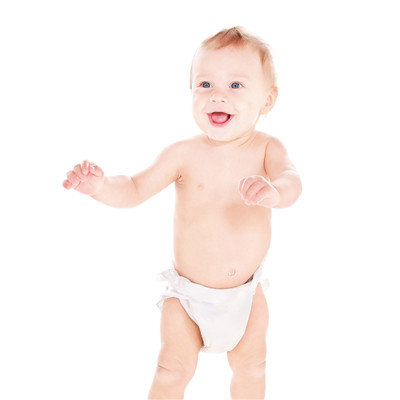What symptom does spinal fracture have?
summary
In our life, because of all kinds of things, it is possible for people to have fractures, especially spinal fractures, which are more common. According to the location and degree of fractures, the treatment of spinal fractures is different. Some need surgical treatment, and some need conservative treatment. No matter what kind of program, as long as the spine fracture occurs, it is a very serious disease, if the treatment is not good, it will cause a lot of complications. What symptom does spinal fracture have? Let's talk about it
What symptom does spinal fracture have?
In the case of traffic accidents, industrial and mining enterprises and some natural disasters, spinal injuries and fractures may occur. According to the location of spinal fracture and injury, it can be divided into the following types: according to the direction of violence, it can be divided into flexion type, extension type, flexion rotation type and vertical compression type.

According to the stability after fracture, it can be divided into stable type and unstable type. According to the nature of spinal fracture, it can be divided into compression fracture, burst fracture, posterior column fracture, fracture dislocation, rotation injury, compression fracture combined with posterior column fracture, burst fracture combined with posterior column fracture.

After injury, patients with this kind of spinal fracture will feel local pain, neck movement disorder, muscle spasm in the back and back, and can't turn over and stand up. There may be local kyphosis in the fracture area. Because of the stimulation of retroperitoneal hematoma to autonomic nerve, intestinal peristalsis slows down, abdominal distension, abdominal pain and other symptoms often appear, sometimes need to be differentiated from abdominal organ injury.

matters needing attention
1. Insist on doing some functional sports activities, such as walking slowly every day. This can prevent osteoporosis and reduce the risk of fracture. 2. Eat more calcium rich foods. Such as milk, fish, bean products, eggs and so on, when necessary, can supplement calcium medicine. 3. The bedroom should be reasonable, the ground should not be too slippery, the tables and stools should not be placed in disorder, and the height of commonly used things should be moderate. Finally, remind the elderly to get up, from sitting to standing and other changes in body position need to slowly adapt.


















